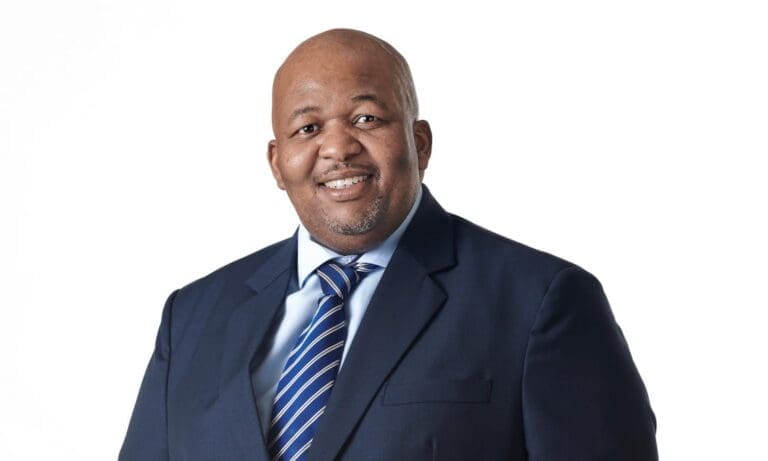Eskom has released the group’s unaudited interim financial statements for the six months ended 30 September 2025, which further demonstrate the continued execution of the turnaround plan leading to a recovery in operational and financial performance.
“These unaudited interim results demonstrate that our annual results for FY2025 were not a once-off achievement and that our progress in turning around operational and financial performance, supported by government and stakeholder collaboration, is positioning Eskom for a sustainable future,” said Eskom’s Chairman, Mteto Nyati..
“When this Board took over in October 2022, we found an organisation in crisis. These results reflect how strong leadership and expertise have guided Eskom’s 42 000 skilled employees to deliver the recovery by going the extra mile.
“Morale is at its highest in years and our people are now proud again to say who they work for. Although this Board’s term ends on 30 November 2025, I believe that we have laid a solid foundation for the incoming Board to build on and position Eskom for the future.”
Eskom’s turnaround plan is unlocking the potential of the South African economy and is increasingly being recognised by international and domestic investors. Eskom was mentioned as a contributory factor to S&P Global Ratings’ upgrade of South Africa’s sovereign credit rating for the first time in 20 years, with delivery against Eskom’s turnaround plan also leading to S&P Global Ratings upgrading Eskom’s foreign and local currency long-term credit ratings from B to B+ with a stable outlook this past week.
“Profits are critical to demonstrating that a business can invest in its future, to survive and grow,” said Eskom’s Group Chief Executive, Dan Marokane.
“Eskom has to generate cash from operations consistently to meet our debt obligations while limiting future borrowings at acceptable levels to demonstrate that Eskom is sustainable and worthy of investment from funders at affordable interest rates, as well as to meet our capital expenditure (capex) requirements of R320 billion over the next five years. \
“The capex will be used to maintain critical generation and network infrastructure for energy security, and to expand the transmission network to meet the projected growth in electricity generation capacity from 66GW in 2024 to 107GW by 2034 to allow the integration of renewable energy into the grid.”

Revenue grew by 4% to R191.3 billion (September 2024: R183.7 billion), driven by a 12.74% regulatory standard tariff increase from 1 April 2025. The tariff increase was counteracted by a 3% reduction in sales volumes to 92.8TWh (September 2024: 95.7TWh). Local sales declined by 3% to 86TWh (September 2024: 89.2TWh), while international sales increased by 4% to 6.8TWh (September 2024: 6.5TWh).
Despite 71 municipalities participating in the municipal debt relief programme, municipal arrear debt has increased to R105 billion by 30 September 2025. Over 85% of those municipalities are not meeting the requirement to settle their current accounts on time. In the recent Medium-Term Budget Policy Statement (MTBPS), the Minister of Finance outlined measures to address municipal arrears owed to Eskom.
As an interim measure, endorsed by Cabinet, defaulting municipalities will transition to Eskom’s Distribution Agency Agreements (DAA’s). Under these agreements, Eskom will operate municipal electricity services temporarily and for a defined period, assist with collections from customers, provide skilled capacity and support initiatives to reduce energy losses and set appropriate tariffs. Measures will also be implemented to assist municipalities to raise revenue, including the rollout of smart meters. Concurrently, National Treasury will undertake longer-term structural reforms in the local government fiscal framework.
“While not fully addressing the inadequacy of electricity tariffs, the higher tariff for the year is assisting to migrate the tariff path to more appropriate levels, positively impacting our financial sustainability,” said Eskom’s Chief Financial Officer, Calib Cassim.
“As such, the establishment of a predictable and reliable long-term tariff path and suitable tariff structures that balance customer affordability with Eskom’s financial sustainability is a key priority to ensure the sustainability of the electricity industry and allow our customers to better plan for the long-term.
“With the support of the Minister of Electricity and Energy, we are engaging intensively with NERSA and other stakeholders on establishing a predictable long-term tariff outlook.”
Further to the stabilisation of the power system, local load reduction measures remain necessary in Eskom-supplied areas during periods of peak demand to ensure public safety and to safeguard our distribution network against equipment failure due to overloading caused by illegal connections.
Eskom is taking active steps to eliminate load reduction by March 2027 through the deployment of smart meters enabling advanced online monitoring and management of demand at customer level. This will be coupled with the rollout of distributed energy resources such as microgrids to bolster supply in remote and high-demand areas. These initiatives will benefit approximately 1.69 million customers in Gauteng, Limpopo, Mpumalanga and KwaZulu-Natal.
Eskom’s financial performance in the first half of its financial year tends to be better than the second half, with the winter period typically characterised by higher tariffs and sales volumes than the summer period. In addition, less maintenance is performed in winter to ensure adequate supply to sustain the increased demand. Given this seasonality, we face financial pressure in the second half of the financial year. Based on the latest estimate, the profit after tax for FY2026 is expected to be at a level similar to the prior year (March 2025: R16 billion), together with a projected improvement in Eskom’s cash position.
“Eskom stabilising its financial position and holding the necessary cash balances is essential for providing the financial headroom for strategic planning and execution. This will facilitate investment in generation plant and network maintenance, emission reduction projects, and network expansion to improve grid reliability and increase grid connection capacity. These investments are critical to support sustainable operational performance, enable the energy transition and ensure security of supply as Eskom continues to build its future investment case as a resilient and forward-looking utility with a skilled and experienced workforce that meets the evolving needs of stakeholders,” concluded Marokane.

